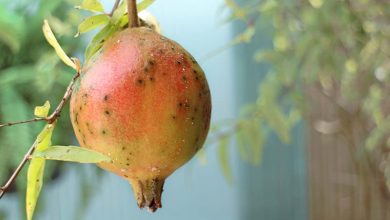How to get rid of Asian hornet from the garden
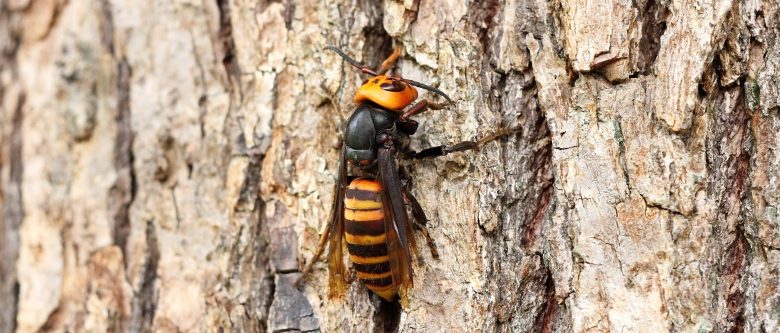
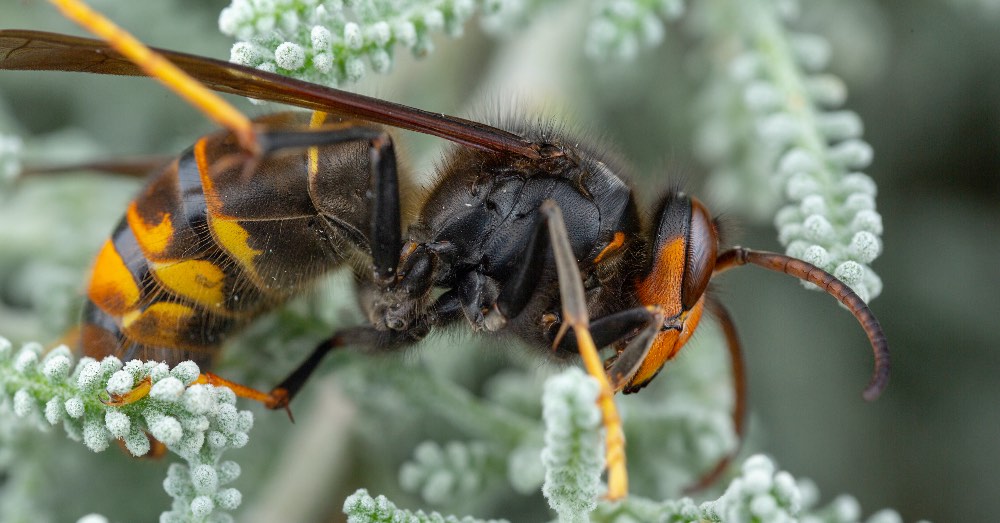
They have become, in just a few years, one of the great threats to our ecosystem. How to eliminate the Asian hornet is a real priority since its presence can compromise the survival of one of the vital insects for the Planet: bees. A fundamental animal for our future that, however, is the main objective of this invasive species that arrived from Asia thanks to globalization.
Although it is not usual, the Asian hornet or Vespa velutina can settle in our garden. A presence that can not only disturb us but, in addition, we must notify the competent authorities. On the one hand, so that they can exercise the necessary control of this plague that in just a decade has colonized our country. But it is not the only reason to try to keep it away from our house: its toxicity is greater than that of native wasps, so a sting can even put our health at risk.
So let’s see some aspects that we should know about this uncomfortable visitor. And, what is more important, how to try to prevent it from being installed near us.
KNOW IT: KEY TO ELIMINATE THE ASIAN WASP
Despite being here for so long, the Vespa velutina continues to be unknown to ordinary people. A foreigner of whom we do not know such important details as her appearance or her habits. As much as they may seem expendable details, nothing is further from reality. Eliminating the Asian wasp involves knowing how to identify it and differentiate it from other types of wasps.
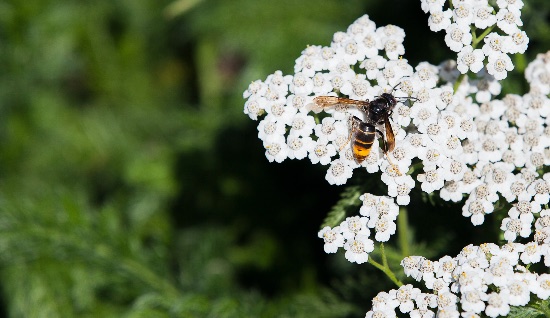
It is important to know that, although we use insect repellent plants or wasp traps to enjoy the outdoors in peace, they play an important role in the ecosystem that surrounds us. Although we do not contemplate it when we consider how to attract pollinating insects to the garden, the truth is that there are a good number of types of wasps that are beneficial to our environment.
What’s more: there is a compelling reason to know how to identify the Vespa velutina. And it is that not knowing its characteristics usually pushes us to eliminate another extremely important insect for our environment: the Vespa crabro. A species of wasp of good size that, in addition to being native and similar to the invader, is key to eliminating the Asian hornet. The reason is simple: it is a natural predator, as it competes with it for territory.
How is the Vespa velutina
To avoid confusion, it is essential to know what the fundamental physical features of the Asian hornet are, starting with one fundamental: the color arrangement of its body. The main difference from crabros and other hornets are two characteristic features. On the one hand, its body is dark and ends in yellow. On the other hand, the tips of its legs are also yellow.
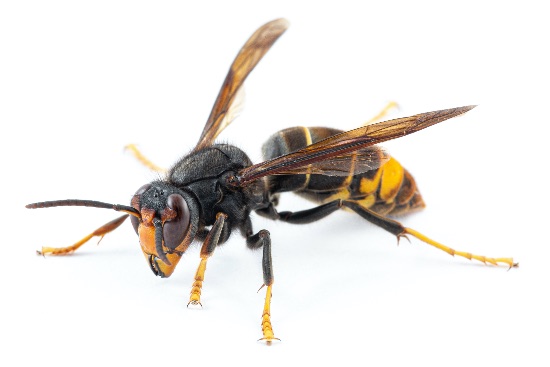
Apart from this, its size is also substantially larger than in the case of the wasp. You have to know that the Asian hornet measures between two and a half centimeters in the case of the workers; and three and a half in the case of larger specimens. They are also slightly wider than the wasps we know.
HOW TO REMOVE THE ASIAN WASP NATURALLY FROM OUR ENVIRONMENT
Apart from knowing how it is physically, it is also important to know how to drive it away from our surroundings. Achieving it is relatively simple if we know what their behavior and habits are like. Only in this way can we prevent it from being installed around us with what that entails.
1. Check holes and decorative accessories that are raised
The ease of obtaining food means that the Asian hornet is increasingly present in urban environments. For that reason, it is not only possible to find it in gardens but it can also be installed on terraces.
It is possible that the Asian hornet finds refuge in holes, birdhouses that we have installed around us, outdoor awnings or even lanterns and other decorative accessories. Due to its characteristics, this type of wasp will always seek refuges in height.
To find out if it is part of our proximity, it would be essential to review these spaces from the end of winter.
2. Keep the garden clean of leaves and weeds
Although it prefers spaces in height, the Vespa velutina begins by forming nests practically at ground level. With the arrival of February, the queens, who have remained buried in the ground to avoid the cold, begin to form the primary nest.
Unlike secondary nests, primary nests are also often created at ground level. For this, the queens take advantage of the litter and weeds present in the garden. Something that can be dangerous for us since, despite being a calm wasp, they are extremely belligerent if they feel that their nest is in danger.
Therefore, the ideal is that from February to June we keep the garden as clean as possible to prevent them from settling in it.
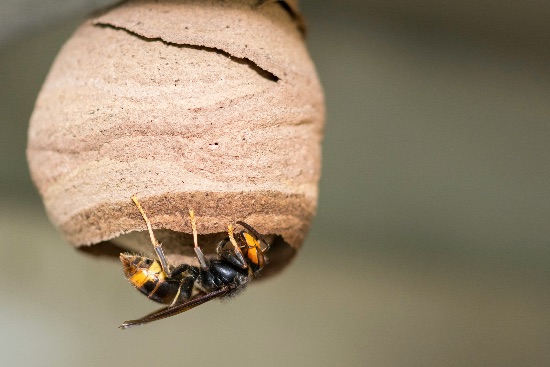
3. Control the creation of nests in our trees
The next step to that primary nest that we have just seen is the secondary and definitive one. A large nest that is usually pear-shaped; and that they are extremely easy to recognize due to their characteristic pear shape.
From April onwards, the Asian hornet colonies begin to create the final nest. A moment that coincides with the appearance of leaves on the branches of the trees, so it is often difficult to follow up until the nest is already a reality.
IF WE DETECT ITS PRESENCE IN THE GARDEN, HOW TO ELIMINATE THE ASIAN WASP?
As much as we want to eliminate the Asian hornet, it is not in our hands. Especially in the case of nests, their manipulation must be done professionally and always following an official channel to avoid misfortunes. Each Autonomous Community has a specific service to control this invader, and it is enough to inform them of the presence of a nest so that they can take the appropriate measures.
Stopping the advance of this dangerous species for our ecosystems is essential. So if you see it, both at home and on a walk in the countryside, do not hesitate to let the competent authorities know!
A small gesture that will allow us to take a little more care of those insects that we need and that may be in danger from this invader.


